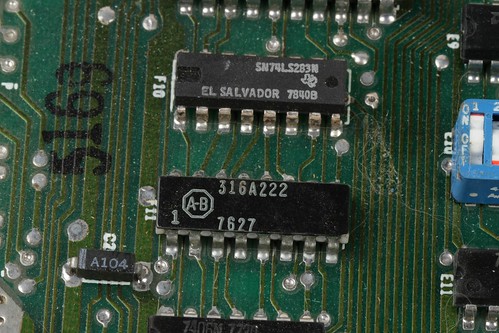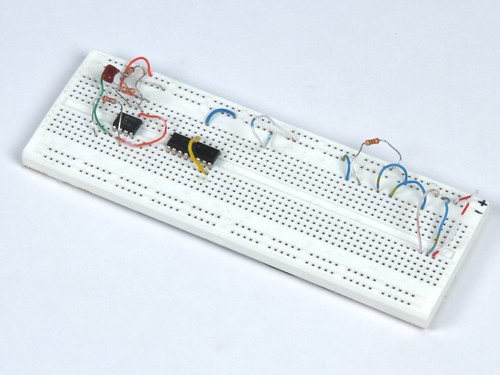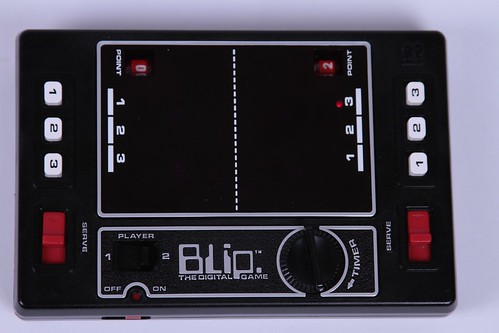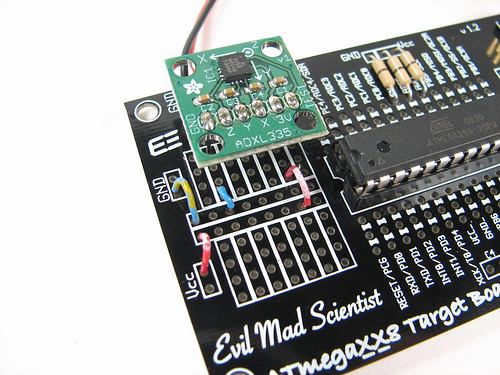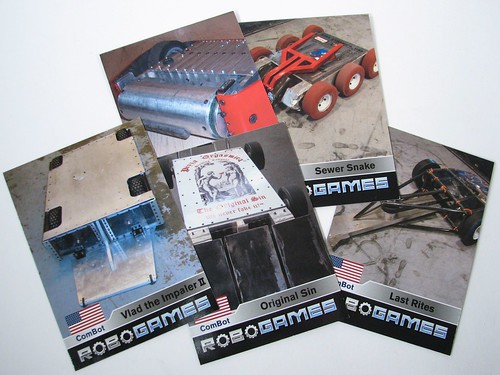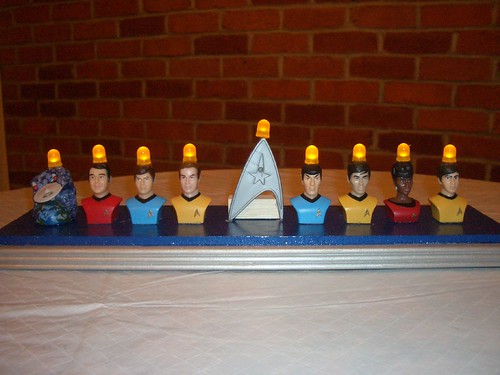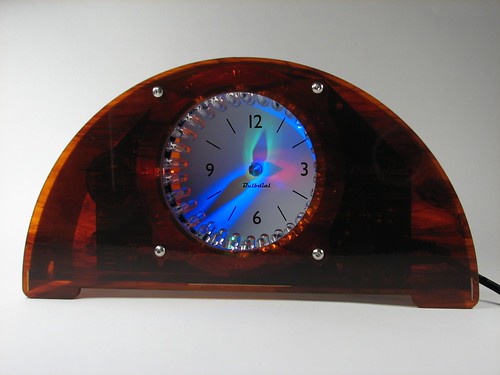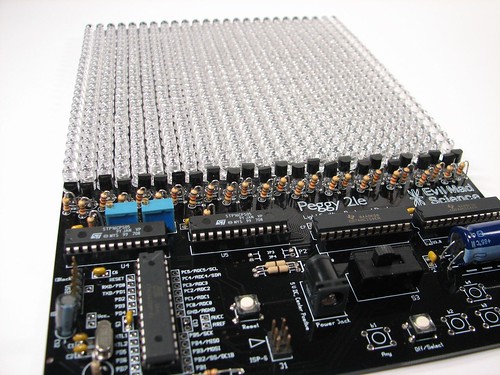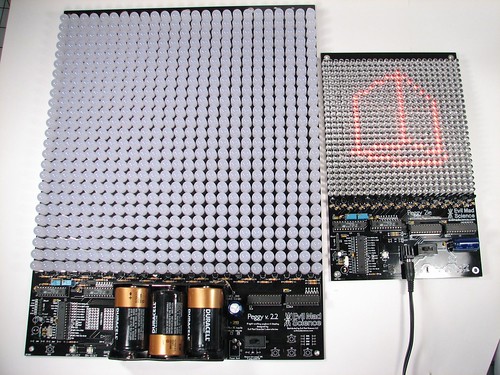You’ve got your components, and your datasheet, and you’re read to start hacking. But which way does the chip go? Pin 23 is where? If you’re lucky, the orientation is clearly marked, or perhaps diagrammed in the datasheet. But if it isn’t, or if you’re simply new at this, it’s helpful to know what to look for. Continue reading Basics: Finding pin 1
Category Archives: Engineering
Faking it: seven-segment displays
A sordid tale, starting in the bedroom, involving batteries, deceit, cheap tricks, LEDs, and a pot.
Continue reading Faking it: seven-segment displays
Mailbag: Moving from breadboard to protoboard
Ryan writes in,
| “I have a question about moving a project off a bread board and onto a project or perf board. Basically what is the best way to do without a lot of rework? This will be my first time doing this and I was just wondering if there were any best practices so that the final product looks clean and organized and I don’t have mountains of solder on the back side.” |
And it’s a good question.
Continue reading Mailbag: Moving from breadboard to protoboard
What makes Blip tick?
After our Tabletop Pong project, someone suggested that we should check out the Tomy Blip, a handheld game dating to 1977.
And so we did. We snagged one on eBay, and here it is: “Blip, the digital game.”
Blip is unlike any other handheld that I’ve played, and (as you’ll see) it’s quite a piece of engineering. In what follows, we give it a test drive, and then take it apart and see what makes it tick.
Continue reading What makes Blip tick?
Basics (updated): Using an accelerometer with an AVR microcontroller
Some time ago, we wrote up a tutorial about using an ADXL330 accelerometer with an AVR microcontroller. A couple of years have passed, and so we’ve returned to update and clean up some loose ends on this project.
Continue reading Basics (updated): Using an accelerometer with an AVR microcontroller
ComBots Cup IV this weekend!
Come join us at the ComBots Cup at the San Mateo Fairgrounds on Saturday, December 19 and Sunday, December 20 from 2-7 pm. (Get tickets here.) And if taking your loved ones to see combat robotics wasn’t gift enough, you can do a little last minute holiday shopping without having to brave the mall! We’ll have a selection of kits (and a few robot repair parts) on hand. You can try out Meggy Jr RGB and see the new Bulbdial Clock in person.
Read more about the event at Suicide Bots. Special treat for our readers who attend: mention this post and we’ll give you an RGB LED in your choice of style. Hope to see you there!Epic menorah is epic.
Joyce and Kaufman sent in this truly fantastic Star Trek Pez LED menorah that they made. Joyce made it last year to hold candles, and this year Kaufman brought it right into the 24th 21st century by mind-melding modding it with one of our Deluxe LED Menorah kits.
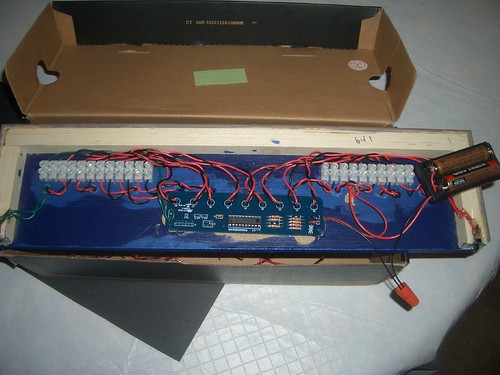
Let’s give them both double credit for a fantastic job. Overengineering at its finest, this is.
Deck the halls with fine components
Ever since our wine charm project, we’ve been amassing an ever-growing collection of interesting-looking electronic components. It turns out that they happen to make pretty good Christmas tree ornaments.
The Bulbdial Clock Kit
Back in April, we posted a little project in which we demonstrated a simple Bulbdial clock, based on the original concept from IronicSans.com. We had a lot of feedback on the original project. We listened to it, learned from it, and finally designed a kit around the concept.
Peggy 2LE
It’s new… and we shall call it Mini Peggy.
Peggy 2LE (“little edition”) is a diminutive version of our popular Peggy 2 LED “pegboard” an open-source LED matrix display. Peggy 2 is big, designed to fit a 25×25 grid of 10 mm LEDs. Peggy 2LE is mostly the same, just smaller: it’s designed to fit 5 mm LEDs.
Here’s the family photo: Big ol’ Peggy next to the new Mini Peggy, Peggy 2LE.
Continue reading Peggy 2LE




